Arnold, Michael L. 2008. Reticulate Evolution and Humans: Origins and Ecology. Oxford University Press.
Bell, D.; Roberton, S.; and Hunter, P. R. 2004. "Animal Origins of SARS Coronavirus: Possible Links with the International Trade in Small Carnivores." Philosophical Transactions of the Royal Society of London, Series B, Biological Sciences 359:1107-1114.
Bisby, F.A.; Roskov, Y.R.; Orrell, T.M.; Nicolson, D.; Paglinawan, L.E.; Bailly, N.; Kirk, P.M.; Bourgoin, T.; Baillargeon, G.; and Ouvrard, D. (red.). 2011. "Fossa fossana (Müller, 1776)." Species 2000 & ITIS Catalogue of Life: 2011 Annual Checklist. Reading, UK. Retrieved October 4, 2014.
- Available at: http://www.itis.gov/servlet/SingleRpt/SingleRpt
Boelens, Bo; Watkins, Michael; and Grayson, Michael. 2009. The Eponym Dictionary of Mammals. Johns Hopkins University.
Boudet, Ch. 10 January 2009. "Species Sheet: Fanaloka, Malagasy Civet, Striped Civet." Mammals' Planet: Vs n°4, 04/2010. Retrieved October 4, 2014.
- Available at: http://www.planet-mammiferes.org/drupal/en/node/38?indice=Fossa+fossana
Boudet, Ch. 10 January 2009. "Subspecies Sheet [Fossa fossana majori]." Mammals' Planet: Vs n°4, 04/2010. Retrieved October 4, 2014.
- Available at: http://www.planet-mammiferes.org/drupal/en/node/39?indice=Fossa+fossana+majori
Cassell's Universal Portrait Gallery: A Collection of Portraits of Celebrities, English and Foreign. With Facsimile Autographs. 1895. London, Paris & Melbourne: Cassell and Company, Limited.
- Available via Internet Archive at: https://archive.org/details/cassellsuniversa00londiala
Driver, Stephanie (ed.). 2008. Exploring Mammals, Volume 3. Tarrytown, NY: Marshall Cavendish Corporation.
Duff, Andrew; and Lawson, Ann. 2004. Mammals of the World: A Checklist. Yale University Press.
Ewer, R.F. 1998. The Carnivores. Cornell University Press: Cornell Paperbacks.
"Fossa fossana (Malagasy Civet)." ZipcodeZoo: Species Identififer 612. Retrieved October 4, 2014.
- Available at: http://zipcodezoo.com/animals/f/fossa_fossana/
"Fossa fossana (Müller, 1776)." Universal Biological Indexer and Organizer. Woods Hole, MA: Woods Hole Oceanographic Institution Marine Biological Laboratory. Retrieved October 4, 2014.
- Available at: http://www.ubio.org/browser/details.php?namebankID=105769
"Fossa fossana: Spotted fanaloka." Encyclopedia of Life. Retrieved October 4, 2014.
- Available at: http://eol.org/pages/347437/overview
Gaubert, P.; and Cordeiro-Estrela, P. 2006. “Phylogenetic Systematics and Tempo of Evolution of the Viverrinae (Mammalia, Carnivora, viverridae) within Feliformians: Implications for Faunal Exchanges between Asia and Africa.” Molecular Phylogenetics and Evolution 41:266-278.
Gervais, Paul. 1855. Histoire naturelle des Mammifères: Carnivores, Proboscidiens, Jumentés, Bisulques, Édentés, Marsupiaux, Monotrèmes, Phoques, Sirénides et Cétacés. Paris: L. Curmer.
Gittleman, John L.; Funk, Stephan M.; Macdonald, David; and Wayne, Robert K. (eds.). 2001. Carnivore Conservation. Cambridge University Press: Conservation Biology 5.
Gray, J. E. 1864. "A Revision of the Genera and Species of Viverrine Animals (Viverridae), Founded on the Collection in the British Museum." Proceedings of the Zoological Society of London 502–579.
Hawkins, A.F.A. 2008. "Fossa fossana." In: IUCN 2014. International Union for Conservation of Nature and Natural Resources Red List of Threatened Species. Version 2014.2. Retrieved October 4, 2014.
- Available at: http://www.iucnredlist.org/details/full/8668/0
Hayssen, Virginia; Van Tienhoven, Ari; and Van Tienoven, Ans. Asdell’s Patterns of Mammalian Reproduction: A Compendium of Species-Specific Data. Cornell University, 1993.
Hunter, Luke; and Barrett, Priscilla. 2011. A Field Guide to the Carnivores of the World. London, Cape Town, Sydney, Auckland: New Holland Publishers (UK) Ltd.
Hyatt, Evan. 2002. "Fossa fossana: Malagasy Civet (On-line)." Animal Diversity Web. University of Michigan Museum of Zoology. Retrieved October 4, 2014.
- Available at: http://animaldiversity.ummz.umich.edu/accounts/Fossa_fossana/
Jennings, A. P.; and Veron, J. 2009. "Family Viverridae (Civets, Genets, and Oyans)." In: Don E. Wilson and Russel Mittermeier (Hrsg.) Handbook of the Mammals of the World Volume 1: Carnivores. Lynx Edicions.
Kerridge, F. J.; Ralisoamalala, R. C.; Goodman, S. M.; and Pasnick, S. D. 2003. "Fossa fossana, Malagasy Striped Civet, Fanaloka." In: S. M. Goodman and J. P. Benstead (eds),The Natural History of Madagascar, pp. 1363-1365. Chicago, IL and London, England: The University of Chicago Press.
Kondo, H.; Tesar, J.; Cloud, D.; Kagan, L. (eds.). 1972. Civets, Genets, and Linsangs, Volume 2, 3rd Edition. Milan: Fratelli Fabbri Editori.
Larivière, Serge. 2004. "Civets, Genets, and Linsangs (Viverridae)." Pp. 335-339 in Grzimek's Animal Life Encyclopedia, Second Edition. Volume 14: Mammals III, edited by Michael Hutchins, Devra G. Kleiman, Valerius Geist, and Melissa C. McDade. Farmington Hills, MI: Gale Group, Inc., division of Thomson Learning Inc.
Lydekker, Richard. 1896. A Hand-book to the Carnivora, Part I. Cats, Civets, and Mungooses. London, England: Edward Lloyd, Limited: Lloyd's Natural History Edited by R. Bowdler Sharpe.
- Available via Internet Archive at: http://archive.org/stream/handbooktocarniv00lydekke#page/238/mode/2up
"Malagasy Civet, Fossa fossana." redOrbit: Reference Library > Mammals. Retrieved October 4, 2014.
- Available at: http://www.redorbit.com/education/reference_library/animal_kingdom/mammalia/1112582069/malagasy-civet-fossa-fossana/
“Malagasy Civet Pictures and Facts.” The Website of Everything: Animals > Mammals > Carnivora > Viverridae > Euplerinae > Fossa. Retrieved October 4, 2014.
- Available at: http://thewebsiteofeverything.com/animals/mammals/Carnivora/Viverridae/Fossa/Fossa-fossana.html
Myers, P.; Espinosa, R.; Parr, C.S.; Jones, T.; Hammond, G.S.; and Dewey, T.A. 2014. “Fossa fossana: Malagasy Civet (On-line).” The Animal Diversity Web. University of Michigan Museum of Zoology. Retrieved October 4, 2014.
- Available at: http://animaldiversity.ummz.umich.edu/accounts/Fossa_fossana/classification/
- http://animaldiversity.ummz.umich.edu/accounts/Fossa_fossana/pictures/
Nowak, Ronald M. 1999. Walker's Mammals of the World, Sixth Edition. Volume I. Baltimore: Johns Hopkins University Press.
Perschke, M. 1996. "Mongooses in the Tsimbazaza Zoo and the Ranomafana National Park, Madagascar." Small Carnivore Conservation 14:1.
Pollen, François P.L. (Paul Louis), and D.C. (Douwe Casparus) van Dam. 1868. Recherches sur la faune de Madagascar et de ses dépendances d'après les découvertes de François P.L. Pollen et D.C. van Dam. 2ème partie: Mammifères et oiseaux, par H. Schlegel et François P. L. Pollen. Leyde: J.K. Steenhoff.
- Available via Internet Archive at: https://archive.org/details/recherchessurlaf02poll
Schreber, Johann Christian Daniel von. 1774 - 1846. Die Säugthiere in Abbildungen nach der Natur: Plates 81 - 165. Erlangen :Expedition des Schreber'schen säugthier- und des Esper'schen Schmetterlingswerkes.
- Available via Biodiversity Heritage Library at: http://biodiversitylibrary.org/page/31064528
Schreiber, A.; Wirth, R.; Riffel, M.; and Van Rompaey, H. 1989. Weasels, Civets, Mongooses, and Their Relatives. An Action Plan for the Conservation of Mustelids and Viverrids. Gland, Switzerland: IUCN.
"Striped Civet (Fossa fossana)." ARKive: Species > Mammals. Retrieved October 4, 2014.
- Available at: http://www.arkive.org/striped-civet/fossa-fossana/
Veron, Geraldine. 2010. “Phylogeny of the Viverridae and ‘Viverrid-like’ Feliforms.” Pp. 64-90 in Carnivoran Evolution: New Views on Phylogeny, Form and Function edited by Anjali Goswami and Anthony Friscia. Cambridge University Press: Cambridge Studies in Morphology and Molecules.
Wilson, Don E.; and Cole, F. Russell. 2000. Common Names of Mammals of the World. Washington, D.C.: Smithsonian Institution Press.
Wilson, Don E.; and Reeder, DeeAnn M. (editors). 2005. Mammal Species of the World: A Taxonomic and Geographic Reference (3rd ed), Johns Hopkins University Press.
Wrobel, Murray (Editor). 2007. Elsevier's Dictionary of Mammals: Latin English German French Italian. Oxford, U.K.: Elsevier B.V.
Yoder, Anne D., Melissa M. Burns, Sarah Zehr, Thomas Delefosse, Geraldine Veron, Steven M. Goodman, and John J. Flynn. 2003. "Single Origin of Malagasy Carnivora from an African Ancestor." Nature 421 (February 13, 2003): 734 - 737.
- Available at: http://www.nature.com/nature/journal/v421/n6924/full/nature01303.html


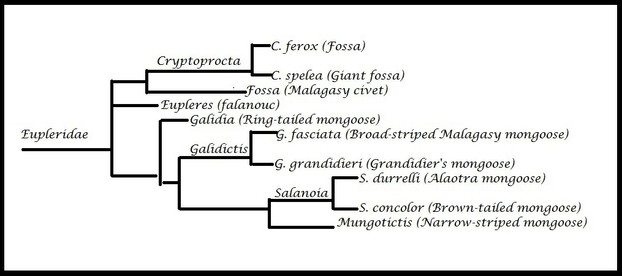
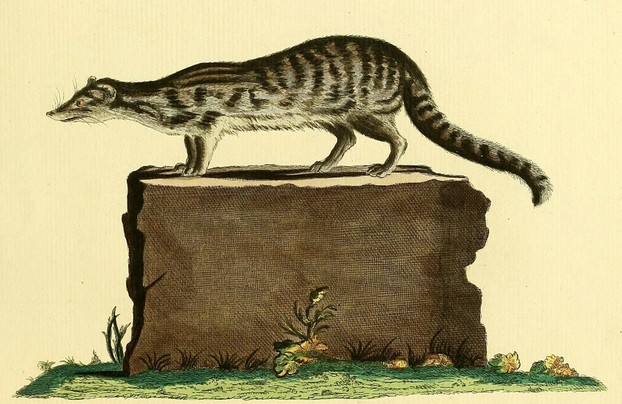
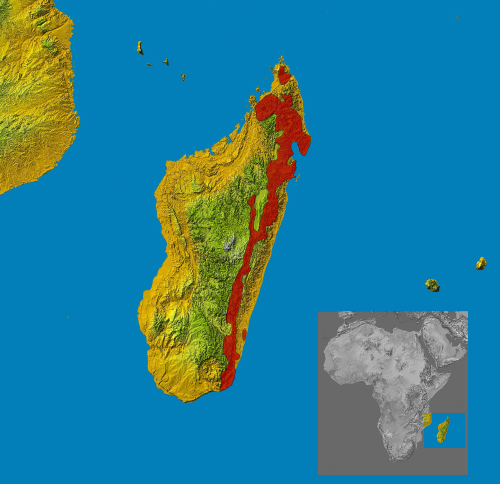
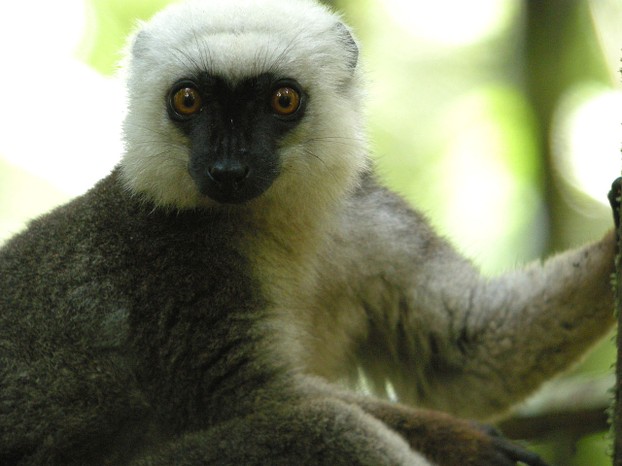
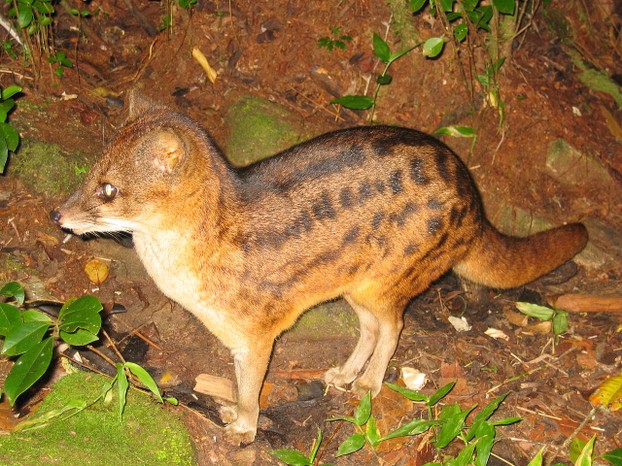
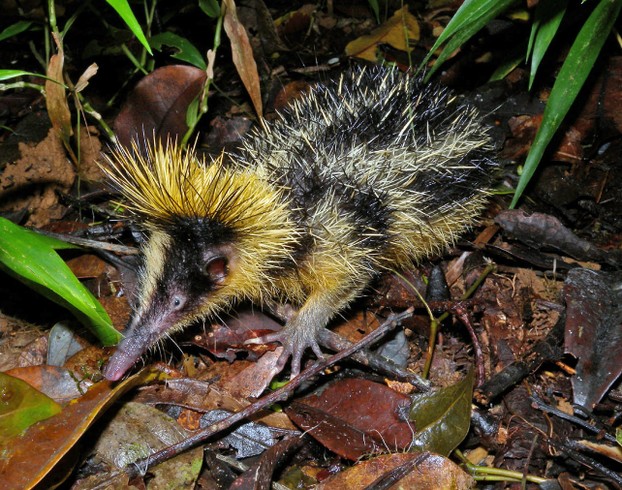
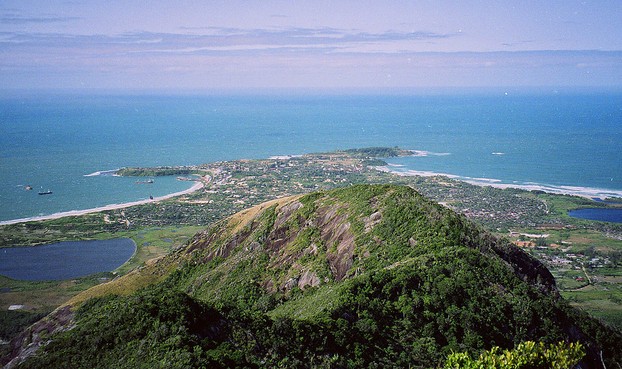
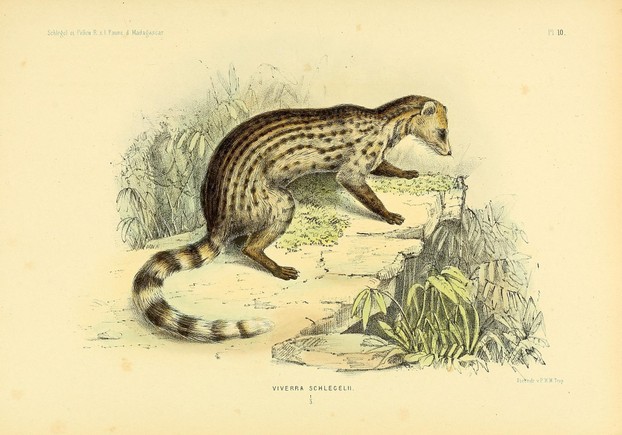
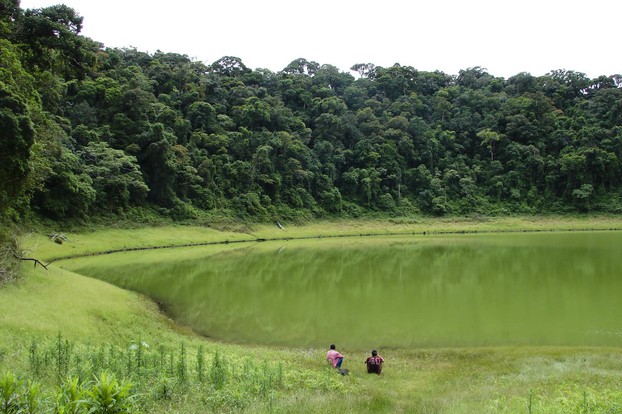
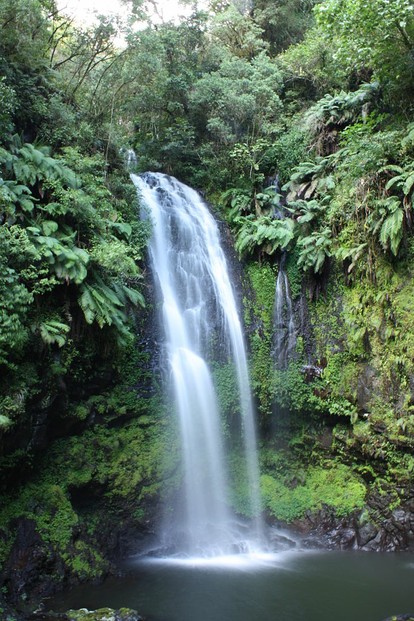




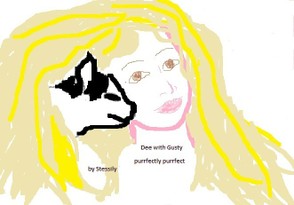
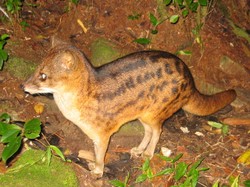

 Are Hawaiian Huakai Po Nightmarchers Avenging Halloween Thursday?on 10/02/2024
Are Hawaiian Huakai Po Nightmarchers Avenging Halloween Thursday?on 10/02/2024
 Mailing Addresses for 2023 Form 4868 Extending 1040 and 1040SR April 15, 2024, Due Dateon 04/15/2024
Mailing Addresses for 2023 Form 4868 Extending 1040 and 1040SR April 15, 2024, Due Dateon 04/15/2024
 Mailing Addresses for 2023 Forms 1040 and 1040SR Filed in 2024on 04/15/2024
Mailing Addresses for 2023 Forms 1040 and 1040SR Filed in 2024on 04/15/2024
 Mailing Addresses for 2022 Form 4868 Extending 1040 and 1040SR April 18, 2023, Due Dateon 04/13/2023
Mailing Addresses for 2022 Form 4868 Extending 1040 and 1040SR April 18, 2023, Due Dateon 04/13/2023

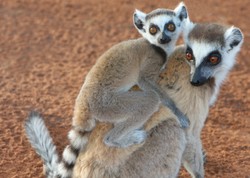
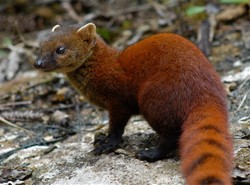
Comments